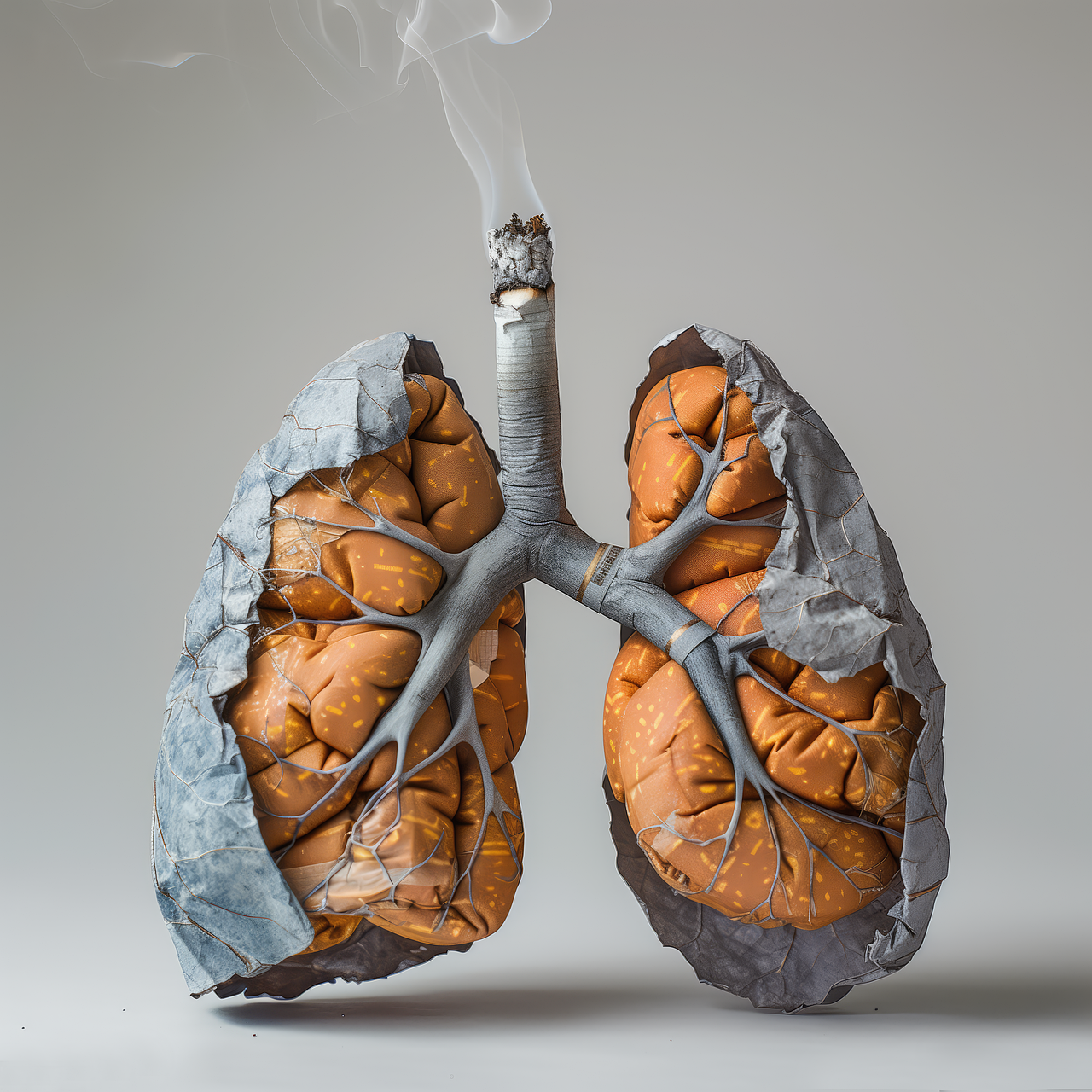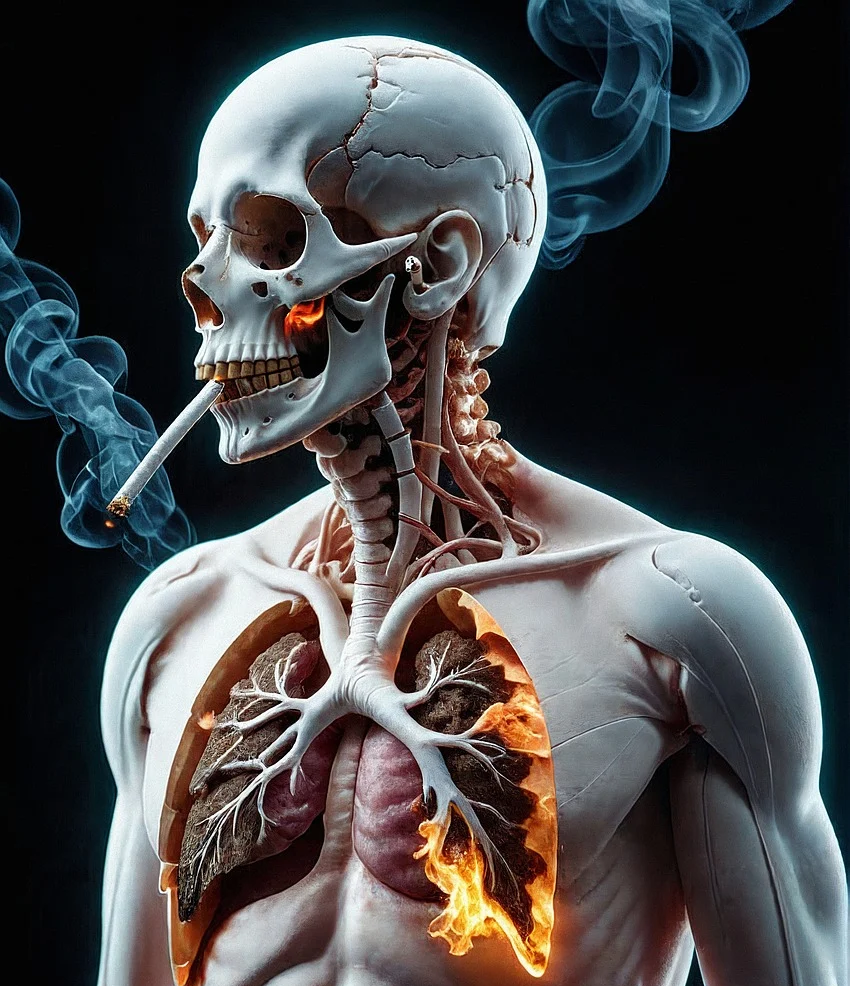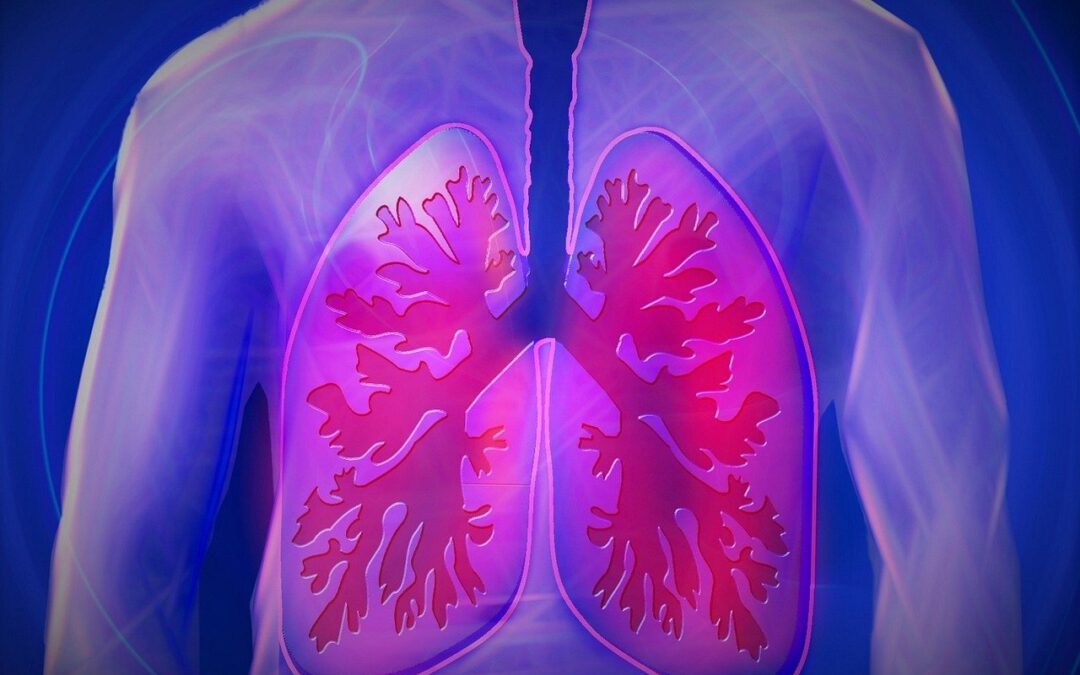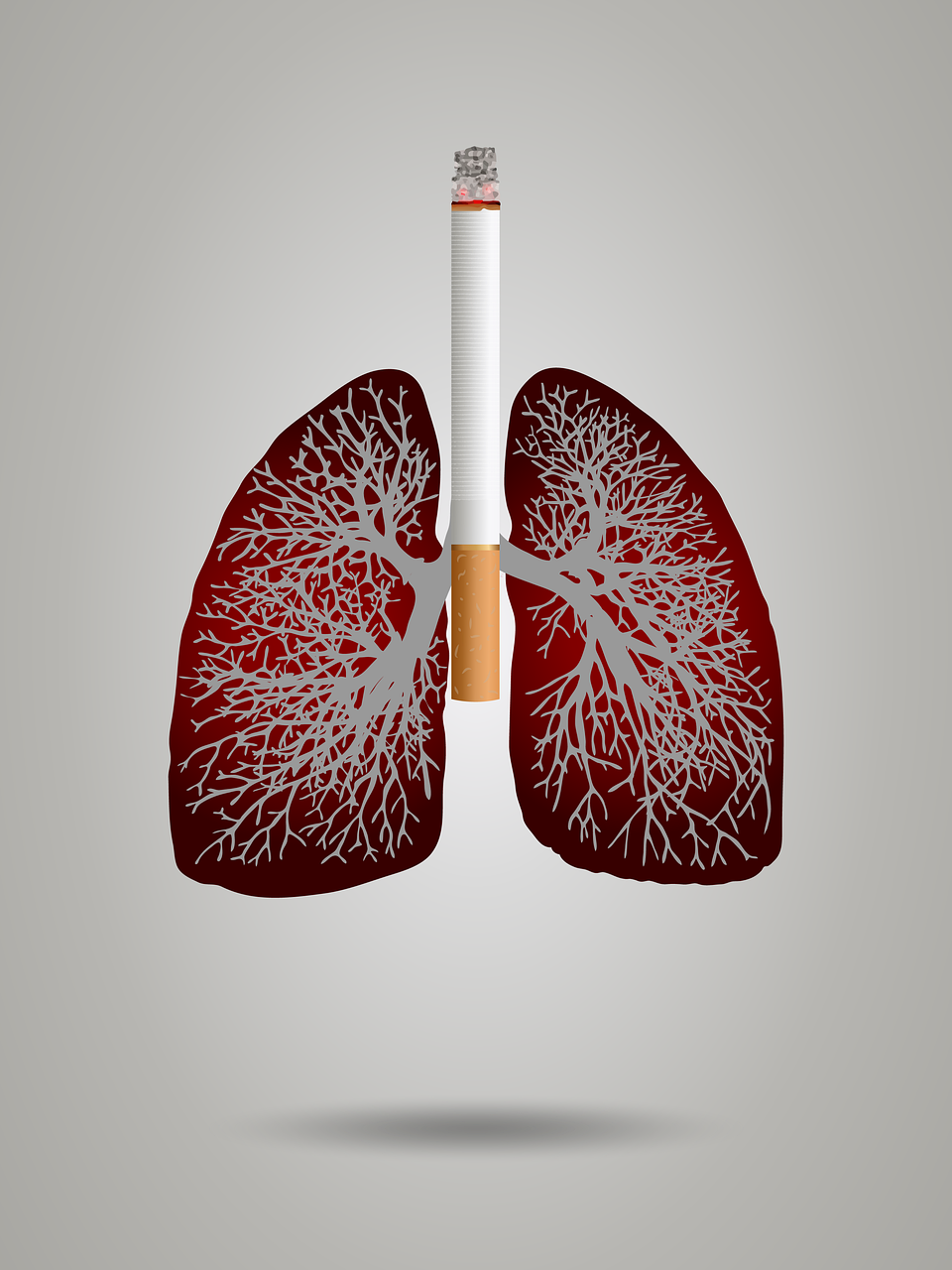
LUNG CANCER : LUNGS
The human lungs are vital organs responsible for gas exchange, absorbing oxygen into the bloodstream and expelling carbon dioxide. The lungs consist of two parts: the right lung, which has three lobes, and the left lung, which has two lobes to accommodate the heart. Because of addiction, human body cells are getting damage and cause Lung Cancer.
STORAGE
The human lungs primarily store and utilize nutrients related to cellular metabolism and tissue function. For example, they store small amounts of glycogen, a form of carbohydrate that the body can convert into glucose for energy. In addition, the lungs store lipids, including phospholipids, which are essential for the structure and function of cell membranes, especially in lung surfactant production. Moreover, the lungs rely on the storage and utilization of oxygen, which they constantly exchange in the alveoli during respiration.
FUNCTIONS
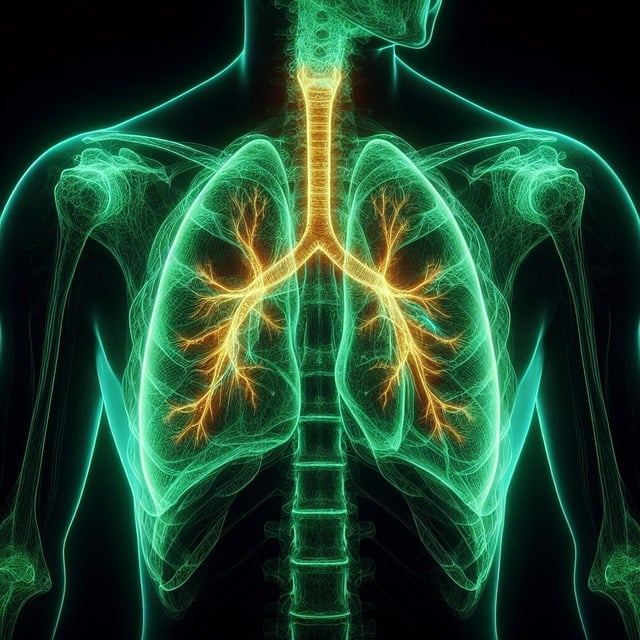
Lung restoration is a multifaceted process that includes lifestyle changes, medical treatments, and ongoing management of respiratory conditions. Although some conditions may not fully reverse, modern treatments and preventive measures still offer hope for many.
STRUCTURE
The human lungs are cone-shaped organs. The right lung is larger and has three lobes (upper, middle, and lower), while the left lung is slightly smaller and contains two lobes to accommodate the heart. The right lung weighs about 600-700 grams, and the left lung weighs around 500-600 grams, bringing the total weight to approximately 1.1 to 1.3 kilograms. The total volume of the lungs is roughly 4 to 6 liters, depending on the individual.
DETOXIFICATION
The lungs play a crucial role in detoxifying the body by filtering out harmful substances from the air we breathe. In addition, mucus in the airways traps dust, pollutants, and microbes, which the body then expels through coughing or swallowing. Furthermore, tiny hair-like structures called cilia line the respiratory tract and move mucus and trapped particles upwards toward the throat. By breathing in clean air, avoiding pollutants, and not smoking, we can help maintain the lungs’ ability to detoxify. Moreover, the lungs remove carbon dioxide, a metabolic waste product, during exhalation, thus maintaining the body’s internal balance.
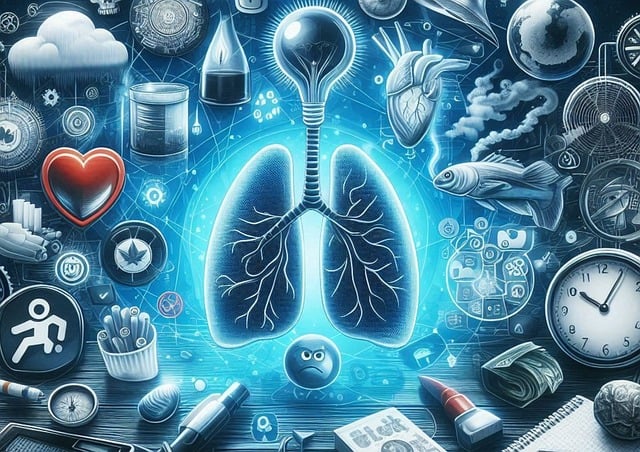
IMMUNITY
The human lungs protect the body from pathogens through physical barriers like mucous membranes and cilia, which trap and expel harmful particles. Furthermore, alveolar macrophages in the lungs engulf and destroy microorganisms and debris that reach the lower airways. In addition, the lungs contain bronchial-associated lymphoid tissue (BALT), which helps initiate immune responses to infections. Moreover, the lungs activate an inflammatory response that recruits immune cells like neutrophils and T-cells to fight infections and repair damaged tissue.
RESTORATION
DISEASE CONDITION : LUNG CANCER
LUNG CANCER
TYPES OF LUNG CANCER
Non-small cell lung cancer (NSCLC):
Doctors identify non-small cell lung cancer (NSCLC) as the most common type of lung cancer, accounting for about 85% of cases. It includes subtypes like adenocarcinoma, squamous cell carcinoma, and large cell carcinoma. NSCLC typically grows and spreads more slowly than small cell lung cancer and doctors can treat it with surgery, chemotherapy, or targeted therapies. NSCLC accounts for about 85% of all lung cancer cases.
It encompasses several subtypes, including adenocarcinoma, squamous cell carcinoma, and large cell carcinoma. NSCLC typically grows more slowly than small cell lung cancer, and doctors often diagnose it at a later stage when patients notice symptoms such as persistent cough, chest pain, wheezing, and shortness of breath. Doctors link risk factors to smoking, exposure to environmental toxins, and genetic predispositions. They treat NSCLC with surgery, chemotherapy, targeted therapy, and immunotherapy, depending on the stage and genetic characteristics of the cancer. Early detection and personalized treatment can significantly improve outcomes.
Small cell lung cancer (SCLC)
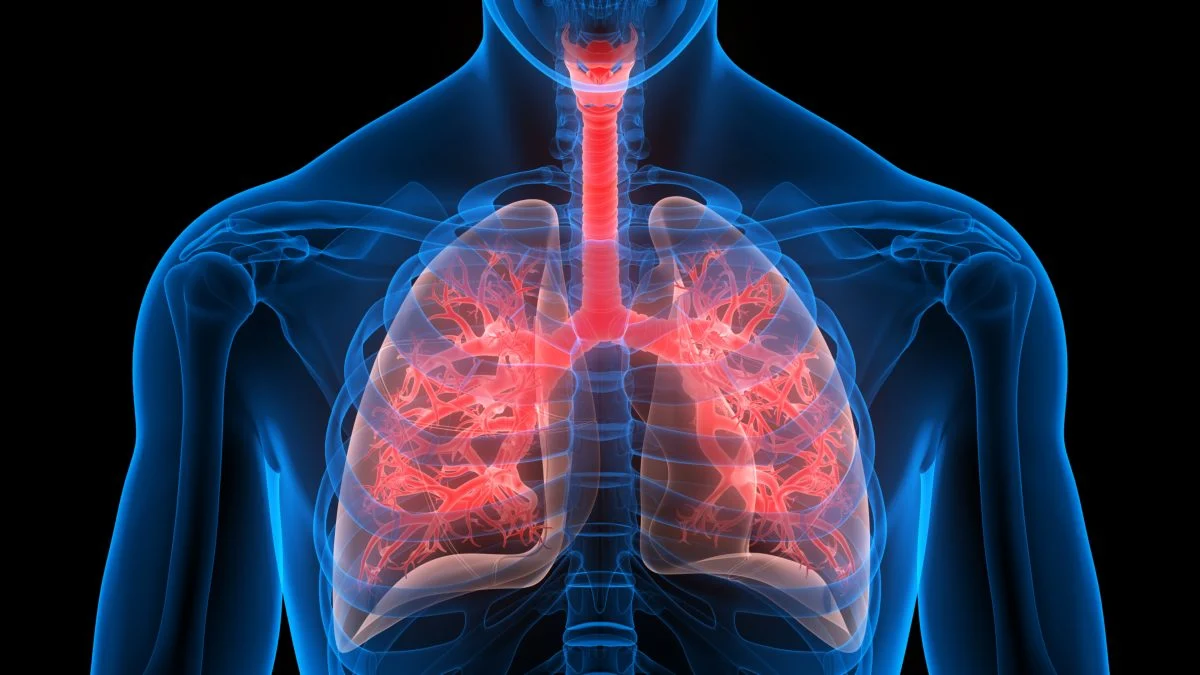
HOW DRUG ADDICTION AFFECTS LUNGS ?
SIGN & SYMPTOMS OF LUNG CANCER
DIAGNOSIS OF LUNG CANCER
The diagnosis of lung cancer typically involves a combination of medical history evaluation, imaging tests, and tissue biopsy. Here are the common diagnostic steps:
- Medical History and Physical Examination: The doctor will review symptoms, risk factors (such as smoking or exposure to environmental toxins), and perform a physical exam to check for signs of lung cancer.
- Chest X-ray: Often the first test done to detect lung abnormalities or masses.
- CT Scan: Provides more detailed images of the lungs and helps identify the size, location, and extent of tumors.
- PET Scan: May be used to detect areas of increased metabolic activity, which can help identify cancer spread (metastasis).
- Bronchoscopy: A procedure where a flexible tube is inserted into the airways to look for abnormalities and take tissue samples (biopsy) for examination.
- Biopsy: Tissue or fluid samples are taken from the lung (via bronchoscopy, needle biopsy, or surgery) and analyzed under a microscope to confirm the presence of cancer cells.
- Molecular Testing: Once lung cancer is diagnosed, molecular tests may be done on the biopsy samples to identify specific mutations (like EGFR or ALK) that could influence treatment options.
These diagnostic tools help determine the presence of lung cancer, its type (NSCLC or SCLC), and its stage, which is crucial for planning the most appropriate treatment.
Nasha Mukti Kendra: An Essential Tool for Preventing Lung Cancer
Addiction Recovery Centers, or Nasha Mukti Kendras, are vital in the battle against lung cancer because they provide vital assistance to those who are addicted to tobacco. Nearly 85% of instances of lung cancer are caused by smoking, making it the primary cause. One of the best things people can do to avoid this deadly illness is to stop smoking, and Nasha Mukti Kendras offer a controlled, encouraging setting for those who want to kick the habit.
These facilities offer extensive programs that experts customize to meet the needs of each person and focus on ending the cycle of nicotine addiction. They provide behavioral therapy, counseling, and occasionally medication to help people deal with withdrawal symptoms, reduce cravings, and avoid smoking triggers.
Nasha Mukti Kendras
Quitting smoking is vital for people who have already been diagnosed with lung cancer. After doctors diagnose lung cancer, smoking worsens lung health, complicates treatment, and hinders recovery. Patients can increase the efficacy of treatments, such as radiation, chemotherapy, and surgery, by quitting smoking. Giving up smoking also improves general wellbeing and reduces the chance of complications, making the course of therapy easier.
Additionally, quitting smoking improves lung function, lowers the risk of developing other chronic diseases, and reduces the risk of subsequent malignancies. Although quitting can be challenging, Nasha Mukti Kendras provide the tools, encouragement, and techniques to help. These clinics’ services significantly improve the chances of success in preventing lung cancer and assist patients in managing their illness after a diagnosis.
Nasha Mukti Kendras provide an essential resource for lung cancer prevention, recovery, and general health enhancement by directly tackling addiction. These facilities can give you the resources you need to live a better, smoke-free life, whether your goal is to stop smoking as a preventative step or as part of your treatment process.
